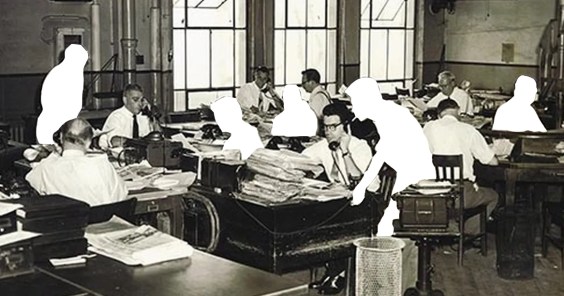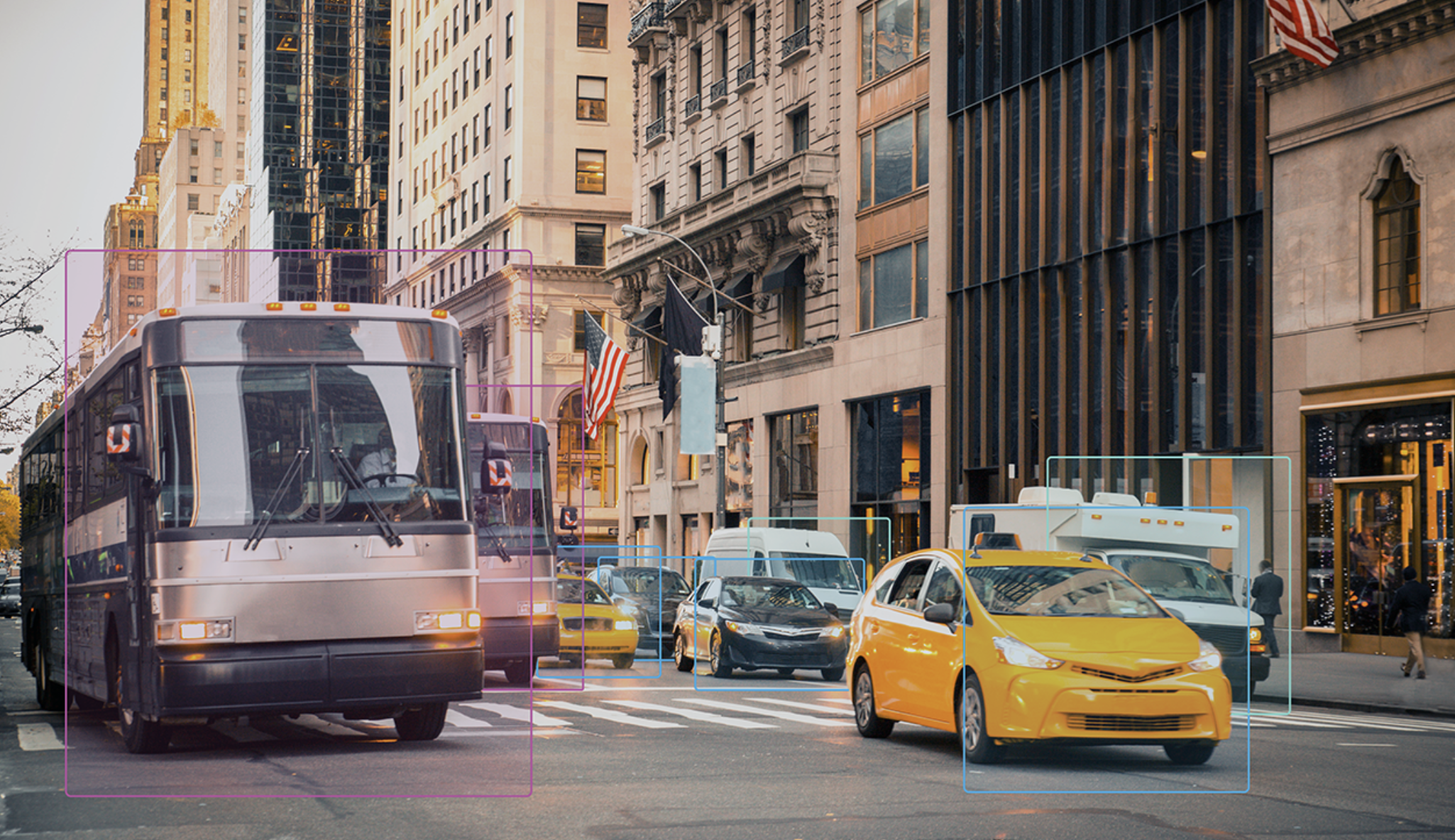Pop quiz: You are bicycling home from work at rush hour and find yourself in the right lane behind a few buses.
Do you, A) wait behind while they stop and load, only to repeat a few blocks later? Or , B) pass on the left, potentially forcing them to overtake you shortly afterward?
As the above scenario illustrates, while buses and bicyclists belong to the same fraternity of clean transportation, practically speaking, there can be some tension. To help reconcile the conflict between these two modes, Josh Cohen at Network blog PubliCola has gone directly to the source for advice. Cohen interviewed a bike commuting bus driver who, to protect his job, goes by the identity "VeloBusDriver," about how to safely and courteously interact with a bus on a bike:
First, Be visible: Wear visible clothing and use lights—day and night. It makes a huge difference from a driver’s perspective. I have lots of stories of cyclists seemingly coming out of nowhere at the last second. I can usually see a red tail light three or more blocks away while some lighting conditions can hide cyclists until I’m almost on top of you. Seriously, please, get front and back lights and use them all the time—I do.
Second: The “three-foot passing rule.” Cycling advocacy groups have been pushing for legislation defining 3 feet as a safe passing distance. Cyclists need to remember that this applies to them as well. When you’re passing a bus (hopefully on the left side and not on the right), please try to give at least three feet. This is especially important for buses, since we are constantly moving to and from the curb to pick up passengers.
Third: Don’t plant yourself in blind spots when waiting for a light. Many cyclists like to ride up on the right side of my bus and then wait for the light right next to the door. There are many blind spots on a bus caused by window frames and the fare box, especially for shorter bus drivers. We are trained to “rock and roll” in the seat to expose the blind spots, but relying on a human being to be perfect in all situations is risky. Either wait behind the bus, or get well in front of the bus where you are very visible. Wherever you are waiting, it’s a good idea to make sure you can see the bus driver’s eyes directly.
Rules to ride by.
Elsewhere on the Network today: Smart Growth Around America outlines the argument that sprawl is responsible for the economic crisis. Commute by Bike examines the debate between advocates of vehicular cycling and those who think providing dedicated bike infrastructure is the best route forward. And Next Stop STL highlights a program that helps school children learn about transportation planning.






